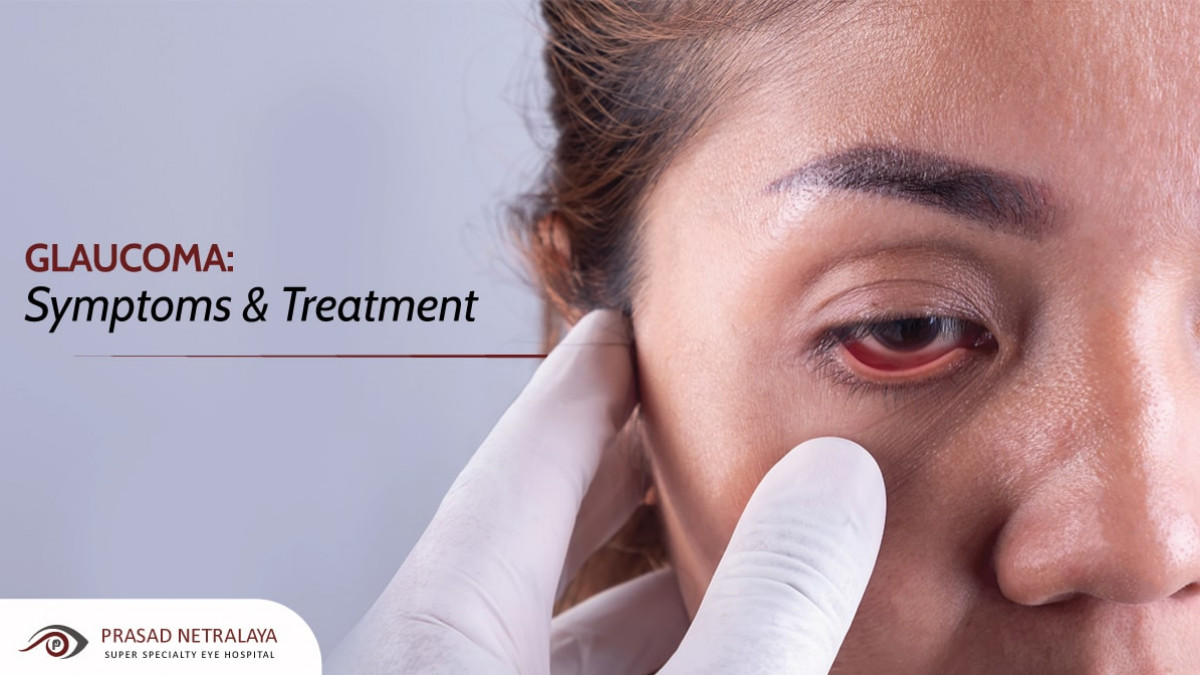Quality Retina Service Near Me: Specialized Take Care Of Retinal Problems
Understanding the Various Vision Correction Procedures Available for Clearer Sight
In the world of vision improvement treatments, a wide range of choices exist to deal with refractive errors and provide individuals with clearer view. From the widely identified LASIK surgery to much less invasive procedures like PRK and implantable lenses, the field of ophthalmology provides a series of techniques tailored to match various demands and preferences. Each treatment comes with its own collection of considerations, benefits, and possible threats. Understanding the subtleties of these vision improvement approaches is crucial for making notified decisions concerning one's visual health. Let's explore the ins and outs of these procedures and shed light on the course to achieving enhanced vision clarity.
LASIK Surgical Procedure
LASIK surgical treatment is a typical refractive procedure made use of to deal with vision issues such as farsightedness, nearsightedness, and astigmatism. This surgical method, which stands for Laser-Assisted in Situ Keratomileusis, intends to reshape the cornea to improve just how light is concentrated on the retina, inevitably enhancing vision clearness.
One of the primary advantages of LASIK surgical procedure is the quick improvement in vision experienced by clients. In general, LASIK surgical procedure is a prominent option for people looking for a lasting solution for their vision problems.
PRK Treatment
While also an usual refractive procedure, the PRK (Photorefractive Keratectomy) strategy differs from LASIK surgical procedure in its approach to correcting vision problems. In PRK, as opposed to developing a flap on the cornea, the outer layer of the cornea, called the epithelium, is completely gotten rid of. This enables the laser to reshape the cornea to correct refractive mistakes such as nearsightedness, farsightedness, and astigmatism directly on the surface.

In spite of the longer healing time, PRK can generate outstanding cause vision renovation, making it a useful option for those who might not be suitable prospects for LASIK surgical treatment.
Implantable Lenses
In comparison to PRK where the cornea is improved directly, implantable lenses supply one more technique for fixing vision by placing synthetic lenses inside the eye. This treatment is specifically valuable for people with high degrees of astigmatism, farsightedness, or nearsightedness that may not be appropriate prospects for laser surgeries like LASIK or PRK.
Implantable lenses, also referred to as phakic intraocular lenses, job by supplementing the eye's all-natural lens with a man-made one. eyecare near me. These lenses can be positioned before the natural lens (former chamber) or behind the iris and before the natural lens (posterior chamber) By changing the power and positioning of these lenses, ophthalmologists can efficiently remedy refractive errors and enhance visual acuity
One advantage of implantable lenses is that they are detachable and exchangeable, giving adaptability for future adjustments. Nevertheless, as with any operation, there are threats included, such as infection or cataract formation. People taking Check Out Your URL into consideration implantable lenses must speak with an eye care professional to establish one of the most suitable alternative based on their specific requirements and eye health.
Corneal Rings
Corneal rings, additionally referred to as intracorneal ring segments, are tiny, clear devices put into the cornea to deal with vision distortions such as keratoconus. Keratoconus is a problem where the cornea thins and bulges outward, creating vision to end up being distorted. The insertion of corneal rings aids to flatten the cornea, boosting visual skill and minimizing the irregular astigmatism brought on by keratoconus.
The procedure for inserting corneal rings is visit homepage reasonably fast and minimally invasive, usually done as an outpatient procedure. Throughout the surgery, the eye doctor makes a small laceration in the cornea and inserts the rings at a particular deepness. Once in position, the rings help to improve the cornea, offering a smoother surface for light to go into the eye, which can cause more clear vision.
Corneal rings are taken into consideration a relatively easy to fix treatment, as they can be eliminated or changed if essential. refractive surgeries in al. While they may not totally remove the demand for glasses or contact lenses, corneal rings can dramatically improve vision high quality and general aesthetic convenience for people with keratoconus or various other corneal irregularities
Refractive Lens Exchange
Complying with the modification of corneal abnormalities with treatments like corneal rings, an additional vision improvement strategy that can address refractive errors is Refractive Lens Exchange (RLE) RLE is a surgery that includes changing the eye's all-natural lens with a man-made intraocular lens (IOL) to remedy refractive mistakes such as presbyopia, nearsightedness, and farsightedness. This treatment is specifically beneficial for individuals who may not be suitable candidates for procedures like LASIK or PRK due to factors such as slim corneas or high refractive mistakes.

Conclusion
Finally, there are numerous vision adjustment treatments available to assist people achieve her latest blog more clear sight. LASIK surgical procedure, PRK procedure, implantable lenses, corneal rings, and refractive lens exchange are all choices that can attend to various vision issues. It is necessary for people to seek advice from with their eye care supplier to identify the most ideal treatment based on their particular requirements and choices. With innovations in technology, accomplishing enhanced vision is now more accessible than ever before.
In the realm of vision adjustment procedures, a wide variety of choices exist to attend to refractive errors and offer individuals with clearer view.LASIK surgical procedure is an usual refractive treatment used to fix vision problems such as farsightedness, nearsightedness, and astigmatism.While likewise a common refractive procedure, the PRK (Photorefractive Keratectomy) technique differs from LASIK surgical procedure in its strategy to correcting vision problems.Following the correction of corneal abnormalities with treatments like corneal rings, one more vision modification method that can deal with refractive errors is Refractive Lens Exchange (RLE) LASIK surgery, PRK procedure, implantable lenses, corneal rings, and refractive lens exchange are all alternatives that can attend to different vision concerns.